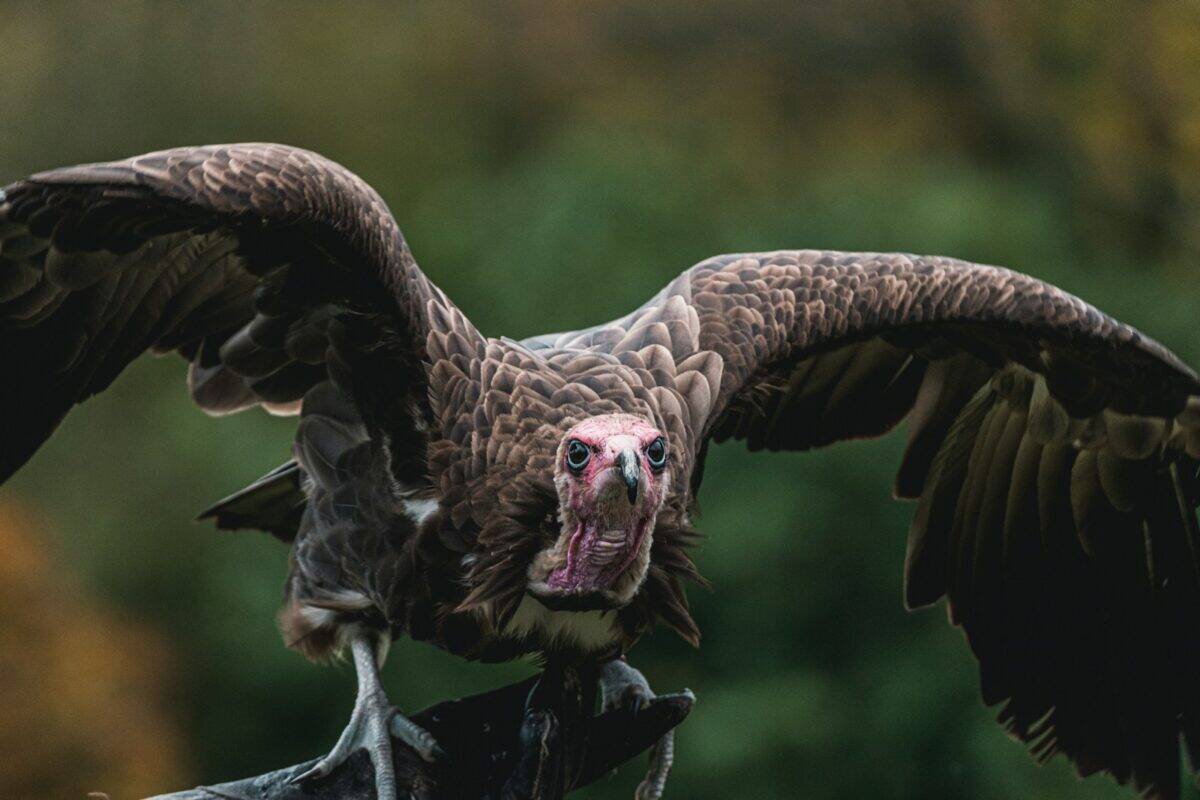When we think of intelligent birds, ravens, crows, and parrots typically spring to mind. Vultures, with their bare heads and scavenging lifestyle, are often overlooked in discussions of avian intelligence. These misunderstood birds are frequently portrayed as simple carrion eaters or even as symbols of death in popular culture. However, recent scientific research reveals that vultures possess remarkable cognitive abilities and complex social behaviors that challenge our preconceptions. From sophisticated problem-solving skills to advanced social structures and environmental adaptations, vultures demonstrate intelligence that rivals many celebrated bird species. This article explores the fascinating cognitive world of vultures and why these remarkable birds deserve recognition for their intellectual capabilities.
The Misconception of Vulture Intelligence

The public perception of vultures has been shaped by unflattering portrayals in media and folklore. Their association with death and their scavenging nature has led many to assume these birds lack sophistication. This reputation is further reinforced by their sometimes ungainly appearance on the ground and their seemingly simple feeding strategy. However, this perspective fundamentally misunderstands both the ecological complexity of scavenging and the cognitive demands it places on these birds. Vultures must navigate vast territories, remember the locations of unpredictable food sources, and make complex decisions about when and where to feed—all tasks requiring significant mental capacity. The assumption that vultures lack intelligence stems more from human biases about scavengers than from scientific evidence about their cognitive abilities.
Advanced Problem-Solving Abilities
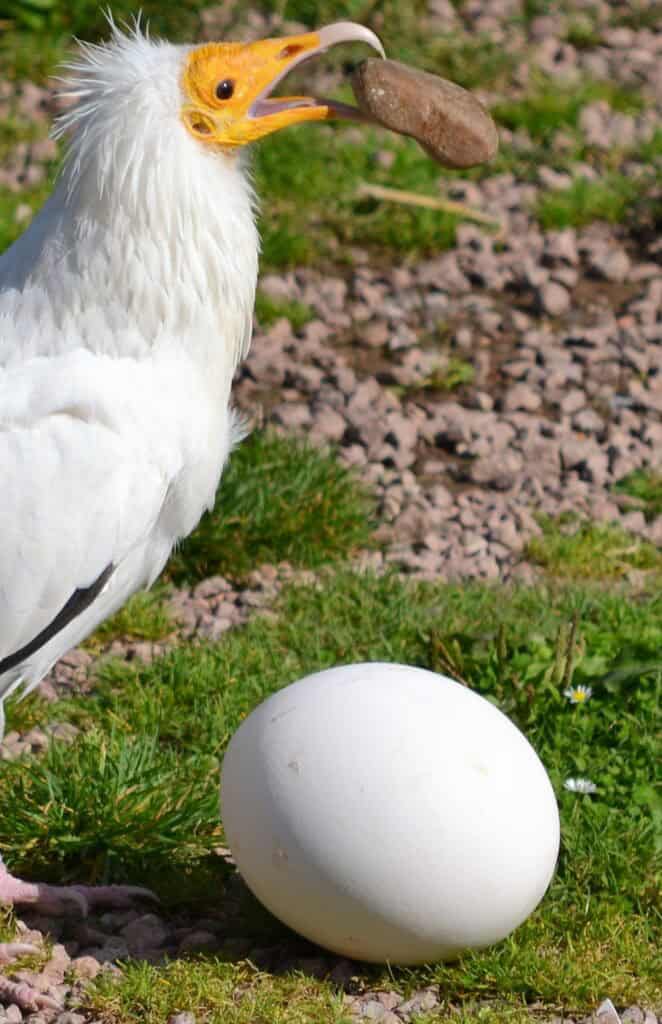
Vultures display remarkable problem-solving capabilities that challenge our understanding of avian cognition. Researchers have observed Egyptian vultures using tools to crack ostrich eggs—a behavior that requires both innovation and learning. They pick up rocks in their beaks and use them as hammers to break open the tough shells, demonstrating an understanding of cause and effect. Similarly, bearded vultures have developed techniques for breaking bones by dropping them from height onto rocks to access the nutritious marrow inside. These behaviors aren’t innate but learned, indicating a capacity for innovation and cultural transmission of knowledge. Studies in captivity have further demonstrated vultures’ ability to solve multi-step problems to access food, often performing at levels comparable to corvids like crows and ravens, which are widely acknowledged as among the most intelligent birds.
Exceptional Spatial Memory

One of the most impressive cognitive features of vultures is their extraordinary spatial memory. These birds routinely patrol enormous territories spanning hundreds of square kilometers in search of unpredictable food sources. Research tracking vulture movements has shown they can remember and return to specific feeding sites across vast distances, sometimes revisiting seasonal carcass locations years apart. This ability requires creating and maintaining detailed mental maps of their environment. Unlike some animals that rely heavily on smell to locate food, many vulture species depend primarily on sight, meaning they must remember visual landmarks and navigation routes. This spatial intelligence allows them to efficiently patrol their territories and locate food sources with minimal energy expenditure—a critical adaptation for birds that may need to fly hundreds of kilometers daily without finding food.
Complex Social Structures and Cooperation
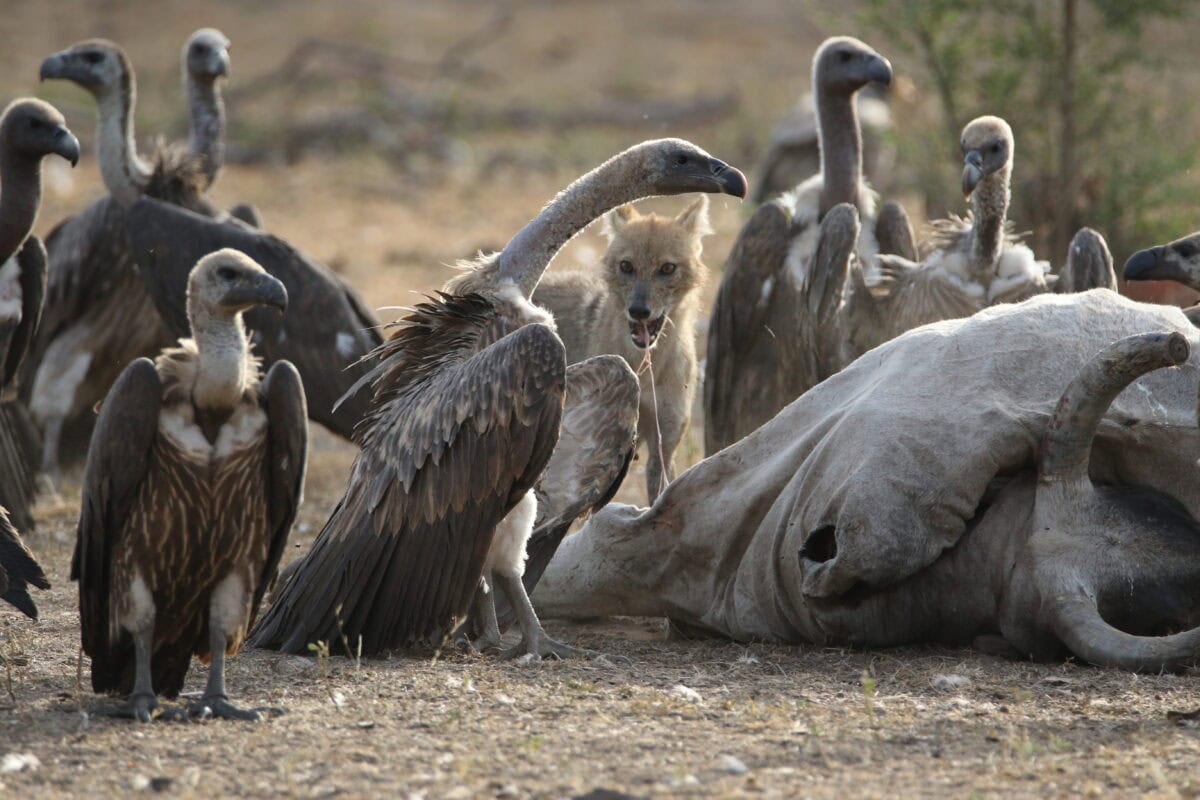
Contrary to the stereotype of vultures as solitary scavengers, many species live in sophisticated social groups with complex dynamics. Researchers studying Gyps vultures have documented hierarchical feeding structures, alliance formations, and information sharing within vulture communities. At carcasses, dominant birds feed first, but the system isn’t simply based on size or strength—experience, reputation, and social connections all play roles in determining access. More intriguingly, vultures demonstrate cooperative behaviors such as communal roosting and information sharing about food locations. Studies using GPS tracking have revealed that vultures watch each other’s movements and use the behavior of other birds to help locate food. This requires not just recognizing other individuals but understanding and interpreting their behavior—a form of social intelligence previously associated primarily with mammals and select bird groups.
Remarkable Sensory Intelligence
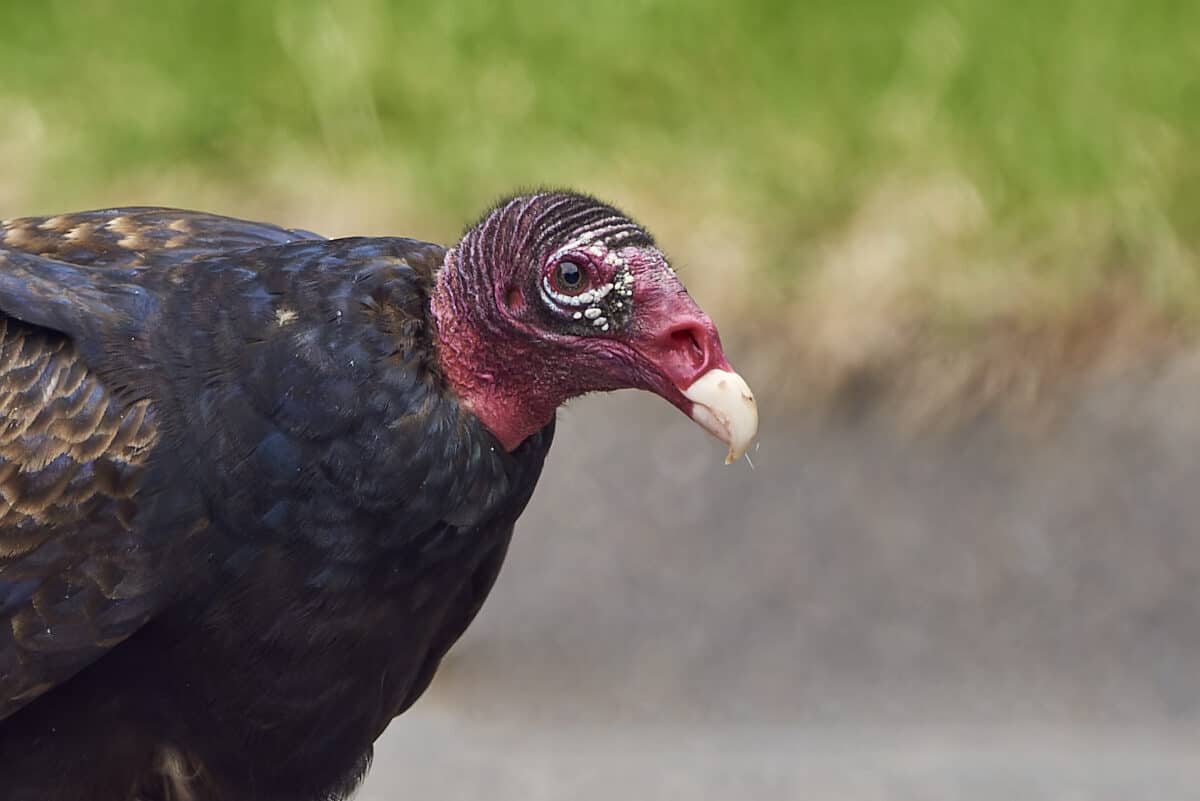
Vultures possess extraordinary sensory capabilities that work in concert with their cognitive systems. While the exact mechanisms vary by species, many vultures combine exceptional vision with a sophisticated sense of smell. Turkey vultures, for instance, can detect the scent of ethyl mercaptan—a gas produced by decaying bodies—at concentrations of just a few parts per trillion. This isn’t merely a sensitive nose; research indicates vultures can interpret these chemical signals to determine the freshness of a carcass and even potentially the species of the deceased animal. Old World vultures, which rely more heavily on vision, can spot a 1-meter carcass from up to 4 kilometers away while soaring at altitude. Their brains efficiently process this sensory information, filtering relevant stimuli from background noise in complex environments—a form of intelligent sensory processing that allows them to thrive in their ecological niche.
Cultural Learning and Knowledge Transfer

One of the most compelling signs of vulture intelligence is their capacity for cultural learning—the ability to acquire knowledge from other individuals rather than through innate behaviors or individual trial and error. Young vultures spend extended periods learning from adults, with juvenile birds following experienced individuals to carcasses and observing proper feeding techniques, social protocols, and safety assessments. Research on California condors has documented multi-year learning periods during which juveniles acquire the complex knowledge necessary for survival. This transmission of knowledge extends to nesting behaviors, migration routes, and food location strategies. In some cases, specific techniques for handling difficult foods appear to spread through vulture populations as cultural innovations, similar to the way tool use has been documented to spread in corvid populations. This capacity for cultural learning allows vultures to adapt to changing environments and pass successful strategies through generations.
Adaptability and Behavioral Flexibility
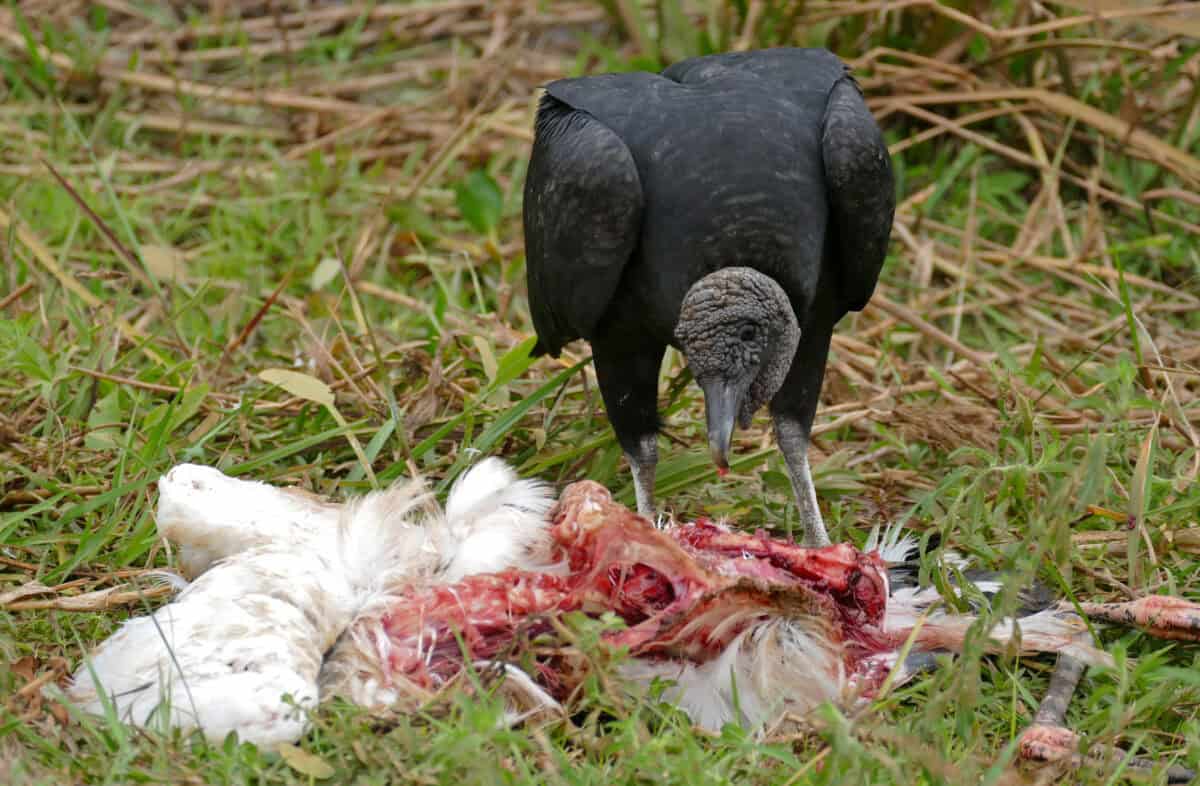
Intelligence in animals is often measured by their ability to adapt to new situations and demonstrate behavioral flexibility. Vultures excel in this domain, showing remarkable adaptability across varied environments and changing circumstances. When human activities alter their habitat, many vulture species adjust their behavior accordingly. In parts of Africa and India, vultures have modified their feeding patterns to align with human waste disposal timelines. In urban environments, species like black vultures have developed specialized techniques for exploiting new food sources, including human refuse. Research comparing rural and urban vulture populations has documented significant behavioral differences, suggesting these birds possess the cognitive flexibility to develop new strategies when their environment changes. This adaptability has allowed vultures to survive in human-modified landscapes where many other large bird species have declined.
Decision-Making and Risk Assessment

Vultures regularly face complex decisions that require sophisticated risk assessment capabilities. When approaching a carcass, vultures must evaluate multiple factors: Is the animal truly dead, or might it be dangerous? Are predators present or likely to return? Is the carcass fresh enough to be safe to eat but not so fresh that large predators might still be nearby? Studies of vulture feeding behavior reveal they systematically assess these risks before landing, often watching from a distance and waiting for other birds to test the safety of a feeding situation. They also demonstrate selective memory, avoiding locations where they’ve experienced danger in the past. This kind of probabilistic decision-making requires integrating multiple information sources and making predictive judgments about outcomes—cognitive abilities previously thought to be limited to mammals and only the most intelligent birds.
Self-Awareness and Social Recognition
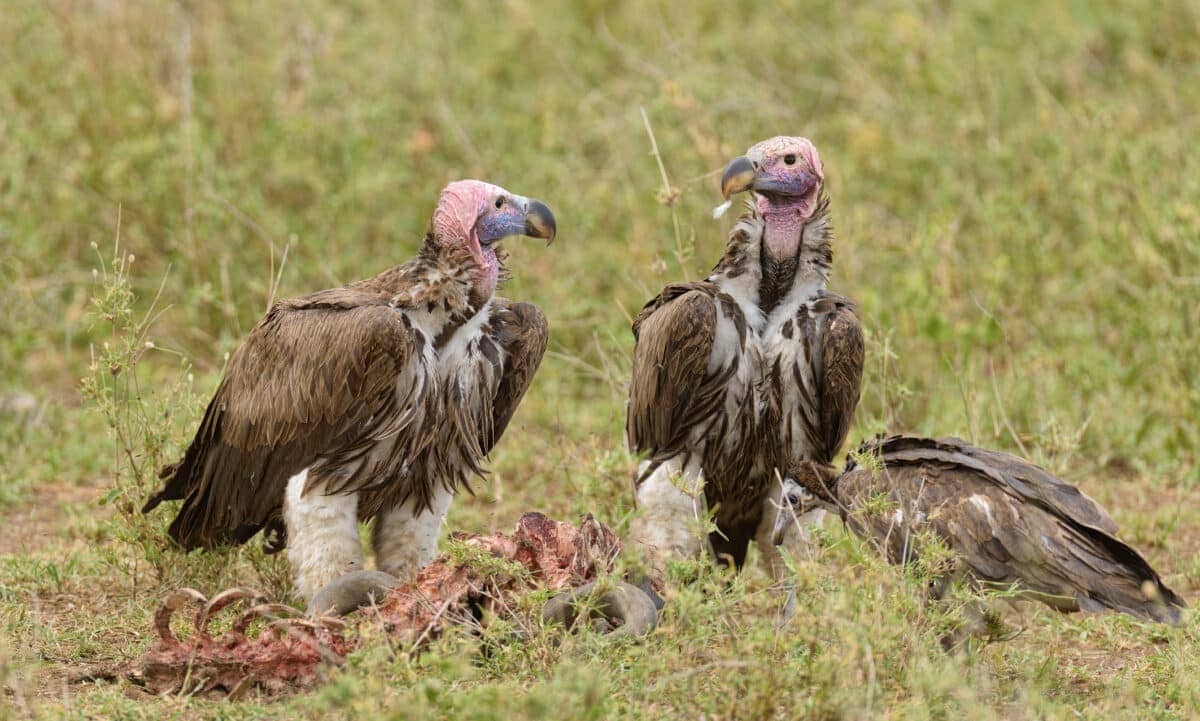
While mirror self-recognition tests haven’t been extensively conducted with vultures, behavioral observations suggest these birds possess sophisticated self-awareness and social recognition abilities. Vultures maintain complex social hierarchies that require recognizing dozens of individual birds and remembering their relative status. They form long-term pair bonds, with partners recognizing each other after extended separations during foraging. In colonial nesting species, parents can locate their offspring among hundreds of similar-looking nestlings. Research using distinctive markers on birds has shown that vultures can track specific individuals within large feeding groups and modify their behavior based on who is present. These capabilities suggest vultures possess a form of social intelligence that allows them to navigate complex inter-individual relationships—a hallmark of advanced cognition in the animal kingdom.
Innovative Feeding Strategies

The feeding behaviors of vultures reveal sophisticated problem-solving and innovation. Different vulture species have evolved specialized techniques for extracting nutrition from carcasses, with some focusing on soft tissues while others specialize in tendons, skin, or even bone marrow. The lammergeier or bearded vulture has perhaps the most innovative feeding strategy: it derives up to 90% of its diet from bones, which it cracks by dropping them from heights of 50-150 meters onto rock surfaces. Research has documented these birds selecting appropriate rocks, adjusting dropping height based on bone size, and even developing preferred dropping zones that they return to repeatedly. Similarly, palm-nut vultures have developed techniques for extracting the nutritious kernels from the tough outer husks of palm nuts—a feeding innovation that requires both mechanical problem-solving and dexterity. These feeding innovations demonstrate the creative intelligence that vultures apply to survival challenges.
Communication and Information Sharing

Vultures employ sophisticated communication systems that facilitate coordinated behavior and information sharing. While not vocal in the way songbirds are, vultures use a combination of visual signals, body posturing, and limited vocalizations to communicate with conspecifics. Research on roosting behaviors has revealed that information about food locations appears to transfer through vulture communities, with birds that located food the previous day often being followed by others when departing roosts the next morning. This suggests vultures can communicate about food resources, either intentionally or through behavioral cues that others have learned to interpret. Studies using decoy carcasses have shown that vultures respond differently to the feeding behaviors of experienced versus inexperienced birds, suggesting they assess the reliability of information from different individuals—a form of critical evaluation previously associated primarily with primates.
Delayed Gratification and Planning

One of the most intriguing aspects of vulture cognition is their apparent capacity for delayed gratification and planning—abilities traditionally associated with higher cognitive functions. Vultures often gorge themselves at carcasses, consuming up to 20% of their body weight in a single feeding. Research tracking their subsequent behavior shows they then retreat to quiet perches to digest, often fasting for days afterward. This isn’t merely physiological necessity but appears to involve anticipatory planning—vultures moderate their feeding based on the availability of food and adjust consumption patterns seasonally. Parent vultures also demonstrate remarkable planning abilities, collecting food at distant locations and returning to regurgitate it for nestlings. GPS tracking studies have documented birds making direct flights between feeding sites and nests over distances exceeding 100 kilometers, suggesting they maintain mental representations of these locations and plan efficient routes between them—cognitive abilities that demonstrate sophisticated executive functions.
The Intelligent Future of Vulture Conservation
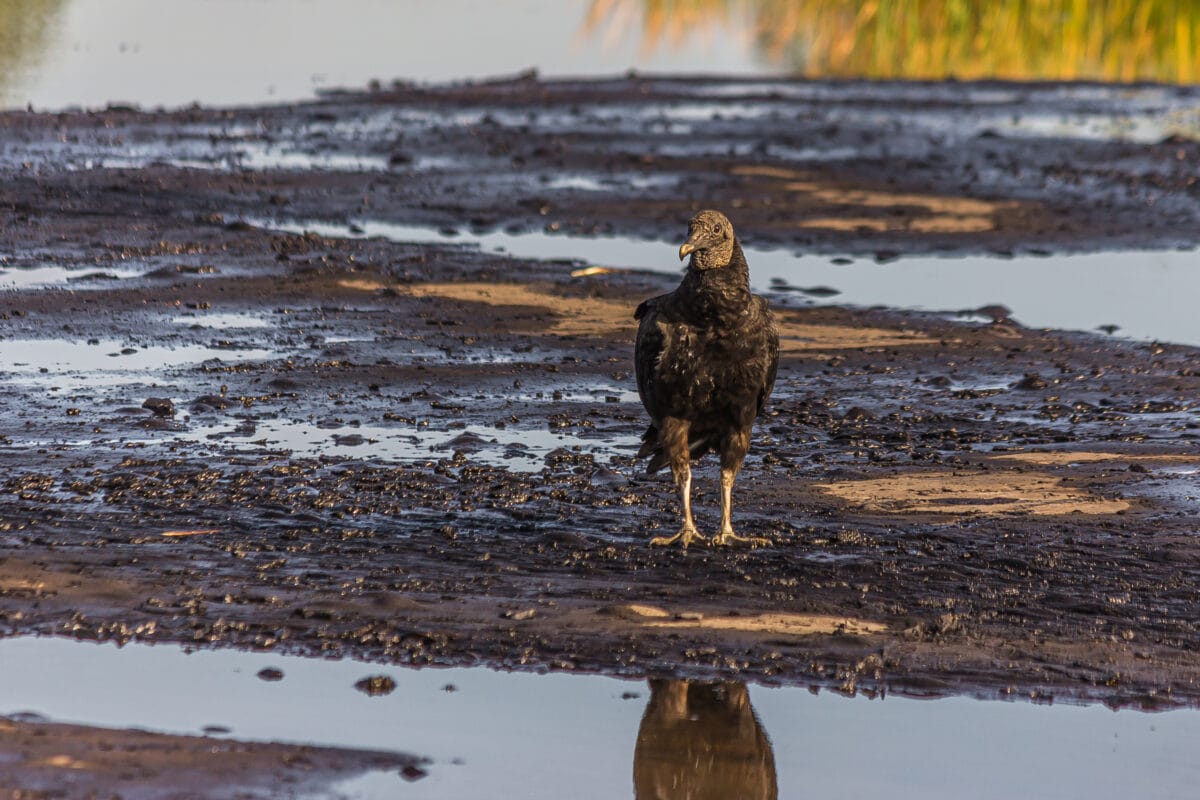
The recognition of vulture intelligence has profound implications for their conservation. Vultures face unprecedented threats worldwide, with some species having declined by more than 95% in recent decades due to poisoning, habitat loss, and persecution. Understanding their cognitive abilities helps explain why these birds are particularly vulnerable to certain threats and suggests more effective conservation approaches. Their social learning means populations can’t easily recover from severe declines, as crucial knowledge may be lost when experienced birds die. However, their intelligence also offers hope—captive breeding programs that account for cultural learning and provide appropriate cognitive stimulation have shown greater success than earlier efforts. Conservation strategies now increasingly incorporate knowledge of vulture cognition, designing protective measures that work with their intelligence rather than ignoring it. By appreciating vultures not just as ecological service providers but as cognitively complex beings, conservation efforts gain both ethical weight and practical effectiveness.
The scientific evidence overwhelmingly demonstrates that vultures possess remarkable cognitive abilities that have been consistently underestimated. From their problem-solving capabilities and spatial memory to their social intelligence and cultural learning, vultures exhibit many hallmarks of advanced cognition. Their intelligence manifests differently than in animals more familiar to us, adapted to their unique ecological niche as nature’s cleanup crew, but it is no less impressive. The persistent misconception of vultures as simple scavengers reflects our human tendency to undervalue adaptations different from our own rather than any actual cognitive limitations in these birds. As we continue to study and understand vulture cognition, we not only gain insights into the evolution of intelligence but also develop a greater appreciation for these remarkable birds whose sophisticated minds have allowed them to thrive as essential components of ecosystems worldwide. The next time you glimpse a vulture soaring overhead, consider that you’re observing not just a scavenger but one of nature’s underappreciated intellectuals, processing the landscape with a mind far more complex than commonly believed.
- Why Vultures Are Smarter Than You Think - August 10, 2025
- How Foxes Use Stealth to Evade Predators - August 10, 2025
- Why Do Some Dog Breeds Love to Dig Holes? - August 10, 2025

